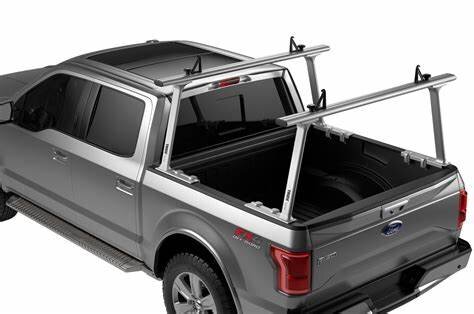Gizmo
Well-known member
I also agree with the rent before you buy idea, less chance of making a costly mistake. Renting would be less expensive than buying a cheap kayak, finding you like kayaking, then buying a better and more expensive one, conversely, buying a cheap kayak and finding you do not like it. Renting also gives you a chance to try both sit on and sit in kayaks to determine what you like. In my experience with kayaking, after owning inflatable kayaks, I would stay away from inflatable kayaks as we found it like paddling an inner tube, quite a bit of your paddling effort is absorbed by the flexible nature of inflatable kayaks, making it a slow and exhausting experience. The benefit to inflatable kayaks is for those with limited storage capacity or those who do not want to bother with loading on and off a roof rack. If this is the case a much better option are the portable kayaks which come in sections and packed in a bag for easy storage and transport. The advantage of these over inflatable is they are hard sided and have framing structure, making them paddle as easily as traditional hard sided kayaks. As far as sit on vs sit in - this is a personal choice, but a couple thoughts. As previously mentioned, if you intend to fish a sit on is likely the better choice. For general paddling around, either will work but you may find the sit on style is likely easier to get on and off, though unless physical limitations are an issue, sit in can easily be entered and exited with a little practice. For longer paddle adventures, touring and sea kayaking, sit in is the best choice. When we bought our first kayaks, as we had very limited storage capacity we bought inflatables, had we been aware of the portable kayaks I mentioned earlier, that would have been a much better and more enjoyable option. When we later had the space and means to store and carry kayaks we bought traditional hard sided kayaks and since have used them much more and have found much more enjoyment.
Last edited:

